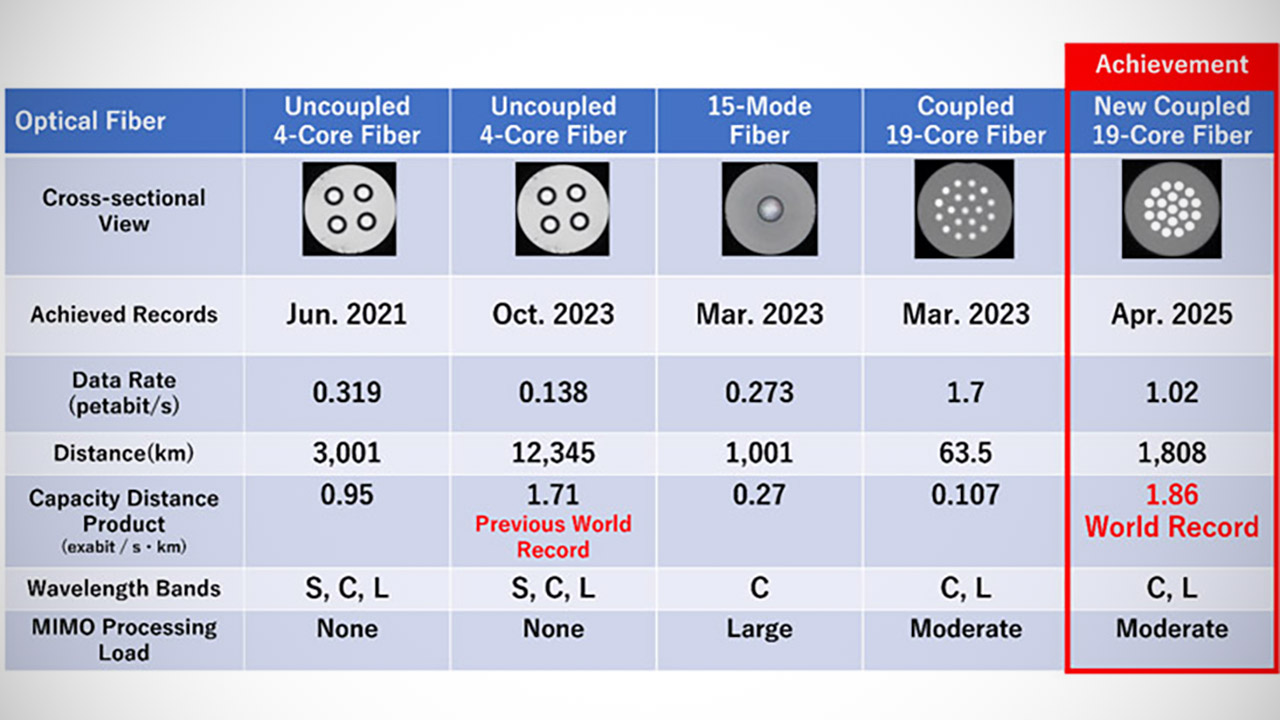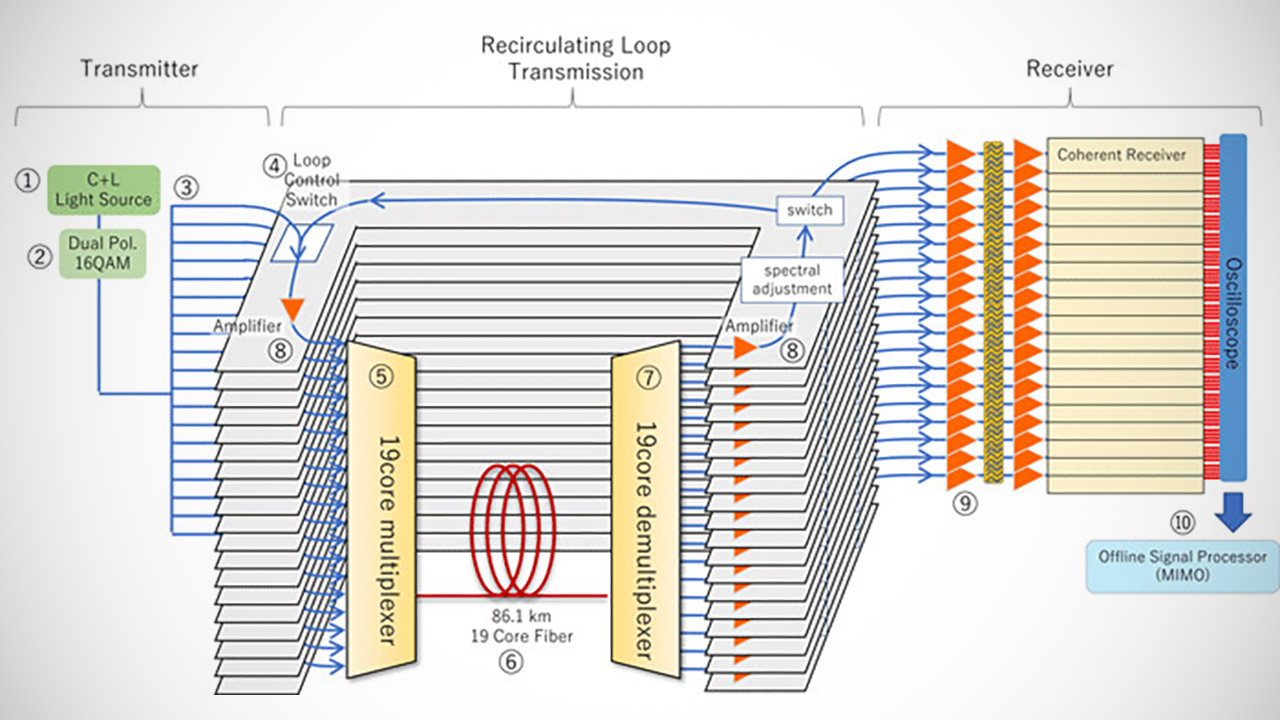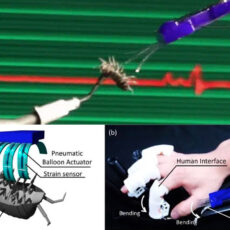
Photo credit: Infestor | CC BY-SA 4.0
The internet’s been chugging along, powering 4K streams, cloud gaming, and AI’s number-crunching frenzy, but its fiber optic backbone is starting to sweat under the load. Enter Japan’s National Institute of Information and Communications Technology (NICT), which just smashed records with a mind-boggling 1.02 petabits per second data transfer over 1,808 kilometers (NYC to Minneapolis or Berlin to Lisbon). That’s enough juice to download Netflix’s entire catalog in one second flat.

Fiber optic cables, those wispy glass threads zipping light across oceans, have been the internet’s workhorse forever. They pulse data as light through a single core, like a one-lane road for your memes and movies. But NICT, teaming up with Sumitomo Electric Industries, went big, crafting a 19-core fiber—a data superhighway where each core hauls its own stream without crosstalk chaos. “The world’s first successful petabit-class transmission over more than 1,000 km using standard 19-core optical fiber marks a significant step toward practical, high-capacity systems,” NICT’s team crowed.
- 【AC1200 Dual-band Wireless Router】Simultaneous dual-band with wireless speed up to 300 Mbps (2.4GHz) + 867 Mbps (5GHz). 2.4GHz band can handles...
- 【Easy Setup】Please refer to the User Manual and the Unboxing & Setup video guide on Amazon for detailed setup instructions and methods for...
- 【Pocket-friendly】Lightweight design(145g) which designed for your next trip or adventure. Alongside its portable, compact design makes it easy to...

This 19-core cable isn’t some chunky lab experiment—it sticks to the standard 0.125 mm cladding diameter, so it slots right into existing networks. No need to tear up the planet’s cable grid; just swap in this beast for a massive bandwidth boost. The trick was keeping signals clean across a rainbow of wavelength bands, from O-band (1,260-1,360 nm) to U-band (1,625-1,675 nm), letting data cruise nearly 2,000 kilometers without fizzling out.
So, what’s 1.02 petabits per second? It’s 1,000 trillion bits—125,000 gigabytes, enough to stream 10 million 8K video channels at once. This kind of bandwidth could feed VR headsets, self-driving cars, and AI data centers for entire cities without blinking. “This demonstration achieves a capacity-distance product of 1.86 exabits per second x km—the highest ever recorded,” the researchers boasted.
Getting there wasn’t easy. Signal loss and core-to-core interference could’ve tanked it, but the team cooked up an optical amplification relay to boost all 19 cores without warping the data. “Achieved using a newly developed standard 19-core optical fiber, equivalent to 19 standard fibers, low loss across multiple wavelength bands, and the development of an optical amplification relay function,” NICT explained. They also leaned on dual-polarization 256-QAM modulation to cram more bits into each light pulse, maxing out efficiency.
Why’s this a big deal? The internet’s creaking under AI, VR, and 6G’s data deluge. Single-core fibers top out at 100-300 terabits per second, but this 19-core monster delivers a tenfold leap, ready to handle the next decade’s tech tsunami. “This is a major step to realize future long-distance, large-capacity optical communication systems,” NICT said. They’ve been at it before—hitting 1.02 petabits over 51.7 km in 2022 and 1.7 petabits over 67 km in 2023—but this 1,808-km haul proves it’s ready for the real world, like wiring up continents.
[Source]













